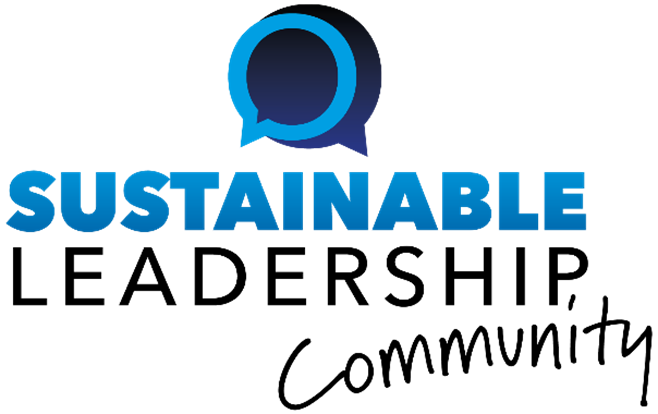Conventional wisdom has it that diversity helps creativity, in that people in homogenous groups are similar to one another with similar ideas and therefore less divergent thinking occurs. Also most research into group creativity assumes that creativity is unleashed by removing conventional constraints. This research, from Professor Jennifer Chatman of the UC Berkeley Haas School […]
Read More… from How Political Correctness Increases Creativity in Mixed-Sex Teams
There is no doubt that social media has improved both internal and external corporate communication, especially for multinational companies. Social media has, for example, enabled corporations to increase opportunities for two-way communication with their customers at a low cost. However, customers using social media communicate in their own language, which means that a social media […]
Read More… from The Language Challenge for Social Media in Multinationals
Why don’t many employees say something when they see something wrong in the workplace, or when they are unfairly attacked by their boss? Why do they sit silent in meetings even though they may have a relevant suggestion or comment to add to the discussion? These are examples of defensive employee silence, when employees stay […]
Read More… from Overcoming Our Evolutionary Fears to Speak Up to Authority
Public sector organizations are multirational organizations. They do not fall under a single rationality archetype — for example, they are not uniquely political organizations or economic organizations or legal organizations, but rather all of the above. Two researchers from St. Gallen University, Ali Asker Guenduez and Kuno Schedler, build on the social systems theory of […]
Read More… from Public Sector Leadership: Managing ‘Multirational’ Organizations
Why do employees choose to stay silent instead of reporting a problem, expressing their differing opinion or offering suggestions? Past research has examined this issue from a variety of perspectives, including the role of fear in keeping employees silent. Elizabeth Morrison of NYU’s Stern School of Business, joined by her colleagues Kelly See of NYU […]
Read More… from Encouraging Employees Who Stay Silent to Give Feedback
Social capital research has established the performance advantages of networking. However, we know surprisingly little about the strategies individuals employ when networking and, in particular, the underlying agency mechanisms involved. Research undertaken at INSEAD has analysed the networking strategies employed by newly promoted professionals at two professional service firms to address two closely related limitations […]
Read More… from Constructive Networking: The Strategies of Players and Purists
The SCARF® model, developed by neuroscientist David Rock, enables ‘change agents’ to exhibit more adaptive behaviours based on how mental experiences occur over time, thus offering to improve people’s capacity to understand and modify their own behaviour and that of others within a corporate leadership context. SCARF holds that the organizing principle of the brain […]
Read More… from How Neuroscience Can Aid Collaborative Leadership
Should companies allow employees to work from home, some or all of the time? After all, with the communication possibilities of the digital age — from submitting materials through email or dropbox to low-cost teleconferencing and video-conferencing — the old reasons for making employees commute to the office every day no longer apply. Why not […]
Read More… from Remote Working Vs Office Working: Why Office is Best
CEOs tend to be strong in decision-making and the financial elements of their jobs, but weak when it comes to managing their people and developing talent, according to a survey of 160 North American boards of directors and CEOs. Specifically, ‘mentoring skills’ was tied with ‘board engagement’ for first place in CEO weaknesses, followed closely […]
Read More… from What Boards Think of CEOs
The IT innovations that have emerged on the consumer market in recent years have led employees, familiar with the benefits consumer products offer, to expect the same level of technology to be provided by their corporate IT departments. This trend, referred to as the ‘consumerization of IT’, has increasingly brought consumer innovations into the workplace; […]
Read More… from Bring Your Own Device to Work: The Pros and Cons for a Multinational




